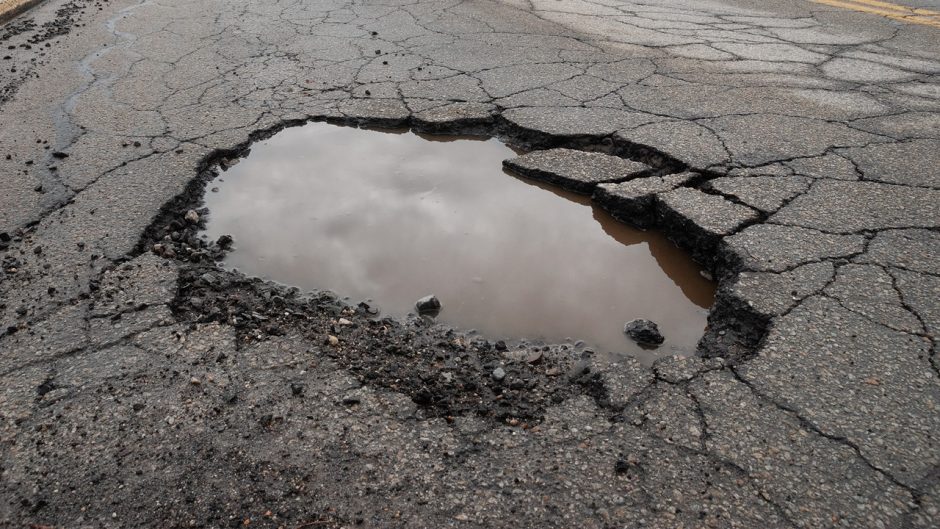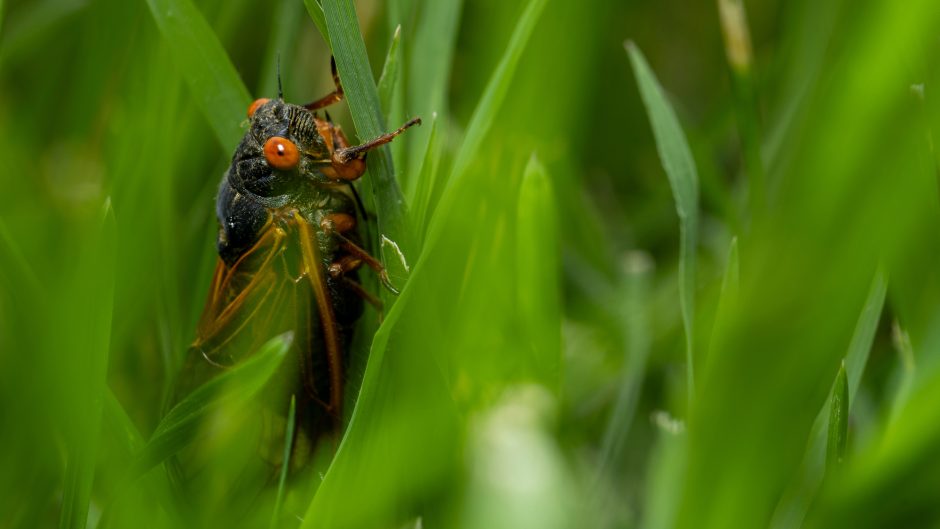
July 18, 2023
Contact: Courtney Perrett, 573-882-6217, cperrett@missouri.edu
This summer, global temperatures soared on July 4, reflecting one of the hottest days recorded on Earth, according to climate data from the U.S. National Centers for Environmental Prediction. Average global temperatures were approximately 63 degrees Fahrenheit — one of the warmest days in 125,000 years.
Anthony Lupo, professor of atmospheric sciences in the College of Agriculture, Food and Natural Resources at the University of Missouri and the state’s interim climatologist, specializes in forecasting climate trends. Below, Lupo explains the nexus of extreme weather patterns that are affecting the Midwest and causing a severe drought.
What are the drought patterns in Missouri over the past couple of years?
In the Midwest, drought is a condition that takes a long time to develop — it usually takes a couple of months — and this year is no exception. Over the past few years, there have been various transitions between El Nino and La Nina, which are climate patterns in the Pacific Ocean that affect worldwide weather. In 2020, we went into a La Nina pattern, and we've been that way ever since. In July of 2022, the Midwest encountered extreme drought conditions, but because of the switch to El Nino in 2023, which brings more regular rainfall, experts thought the drought was over. Unfortunately, that didn’t happen. Although statistics would favor good summers during El Nino, there's still a chance for a dry summer, albeit small. And that's what we're seeing this year.
What atmospheric event marked the start of this year’s summer drought?
The shift into drought conditions can be traced back to an atmospheric event in early June 2022. Essentially, the jet stream made an abrupt shift and its energy changed — this shift happens about every eight to 10 days and on average about 30 times a year. When the jet stream is stable, weather forecasting is good. But during those periods when the jet stream is shifting, it makes forecasting tricky.
How do extreme drought conditions affect agriculture in the Midwest?
Last year the drought impacted agricultural production. I think yields were lower. Right now, the crops are good because we've been getting just enough moisture for agriculture producers to limp along this summer. In other words, we've been getting just enough rain to keep the crops in good shape, but there's no real reservoir of water below the surface, and the subsurface is still pretty dry from last year. Therefore, there’s a danger this year that we could have a shortfall of agricultural production if we get a prolonged dry spell in July or August.
What weather can people expect through the end of the summer?
Look for temperatures to ramp up. Right now, we've been lucky that the temperatures have been a little warmer than normal, but still within the range of what experts would describe as normal. That will change, however, if we start to see a streak of 100-degree days with low humidity.
How does hot, dry weather affect people’s health?
If the weather is both hot and humid, generally nighttime temperatures stay warmer. And when that happens, it's dangerous for people and animals. On the other hand, dry conditions usually mean nights with decent temperatures. It’s vital for the human body to get the relief and rest that it needs — including a respite from the heat — to prevent heat-related deaths.
The heat also affects infrastructure because when it gets this dry, the soil will dry up and that'll cause shifts in the foundation of buildings and water systems. Ecologically, I've heard from the foresters that during these dry periods, there’ll be increased mortality for trees, not just for this year, but for the next two years after that — which can influence the health of the local environment.




